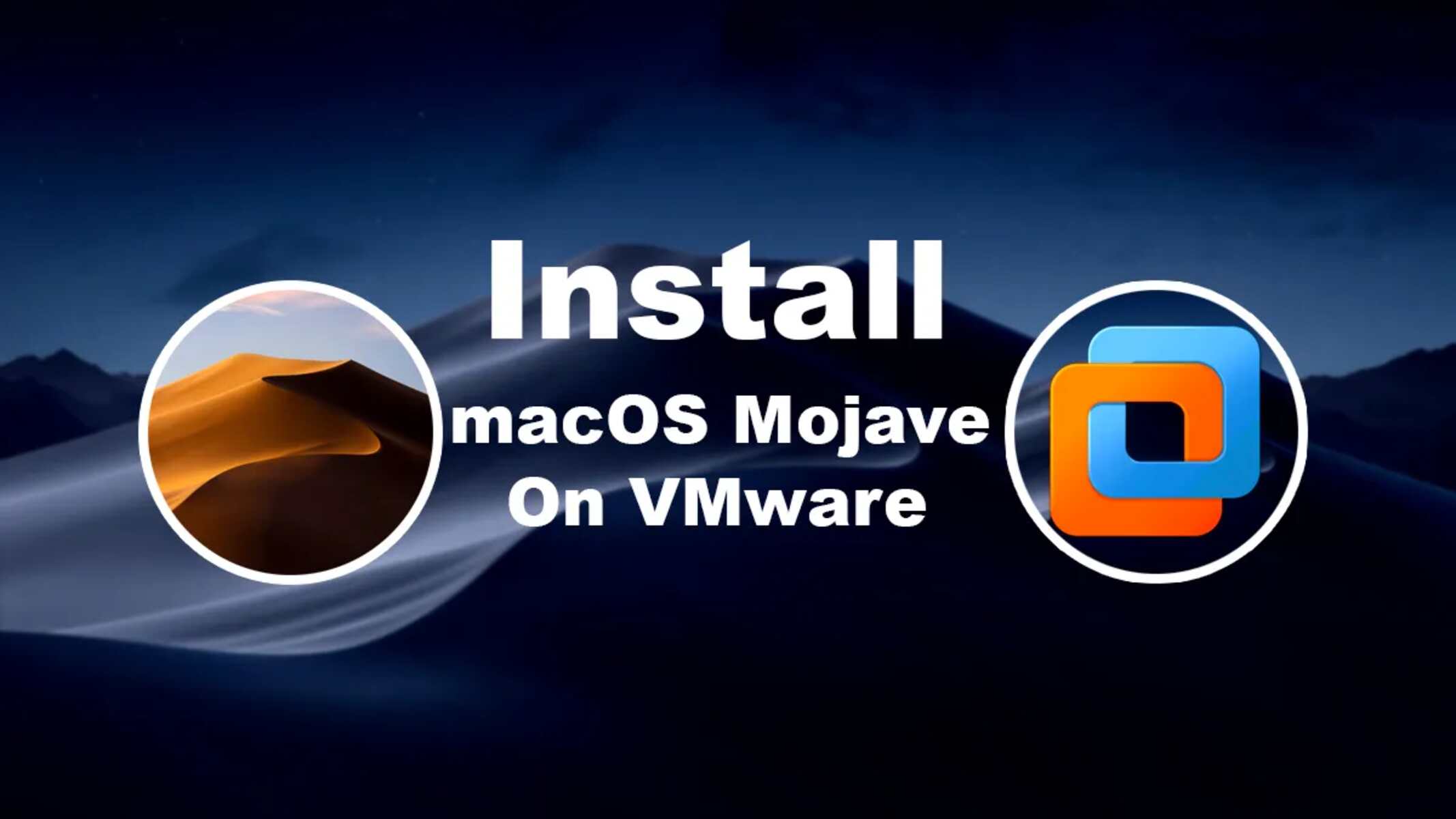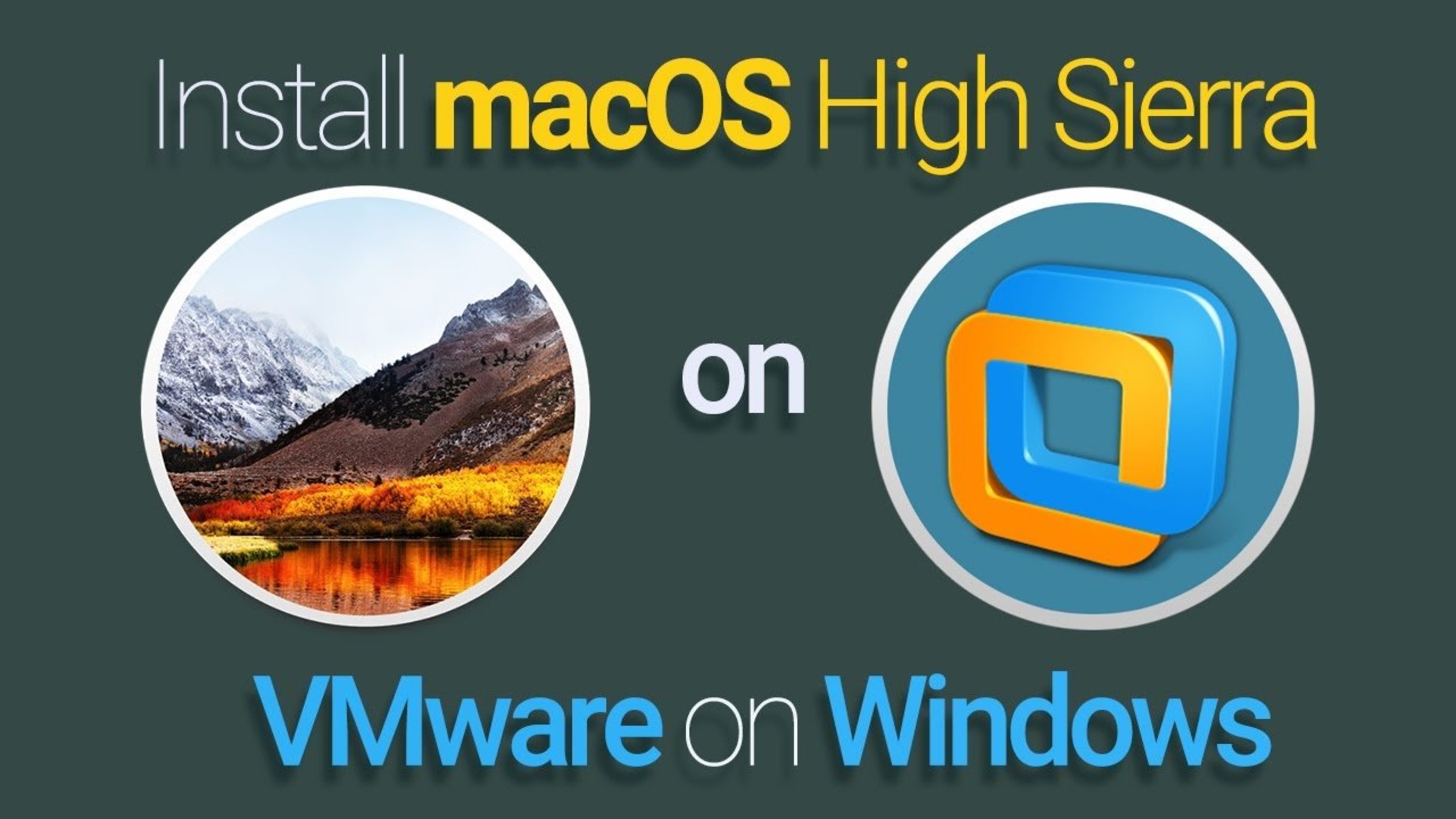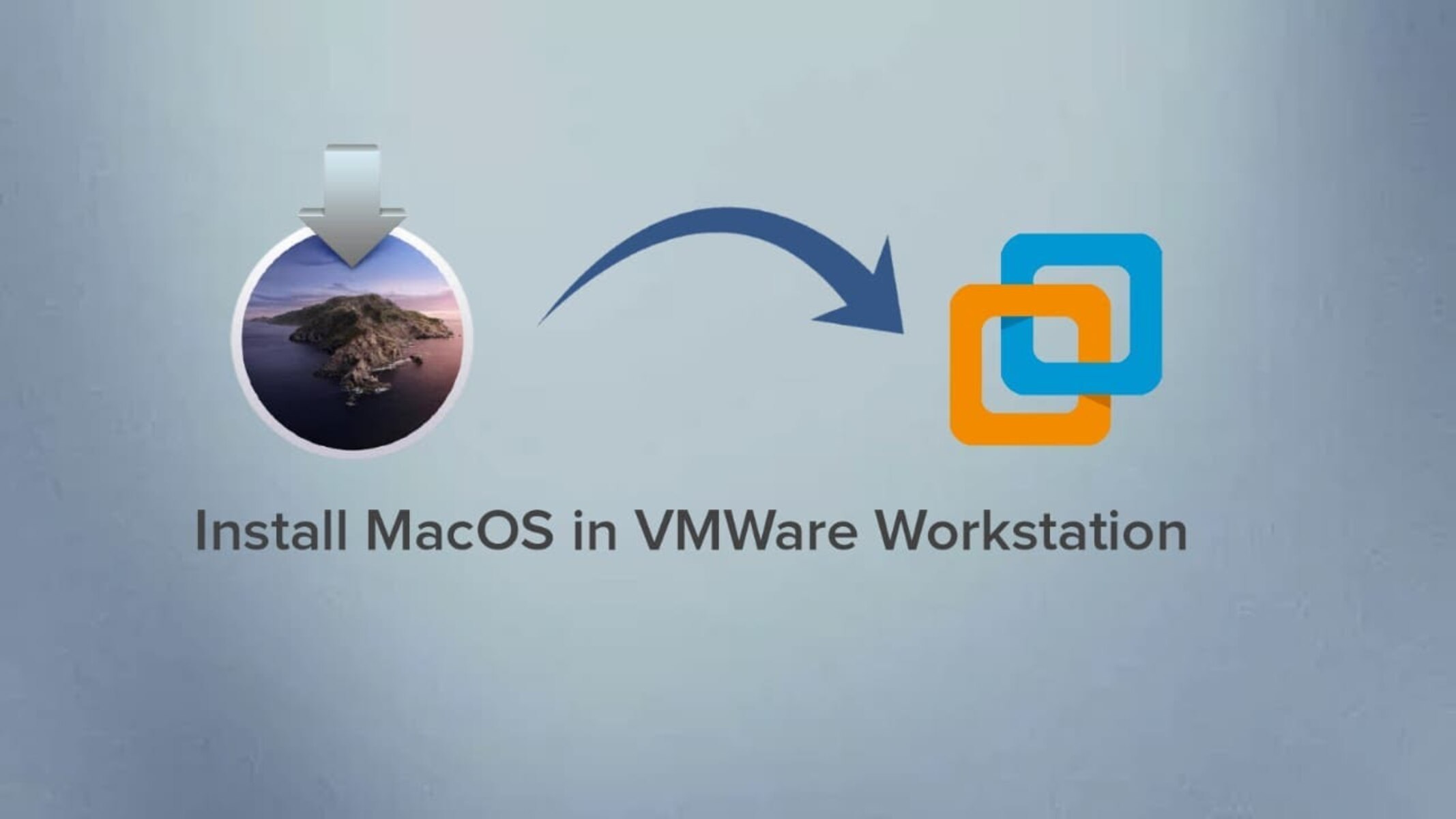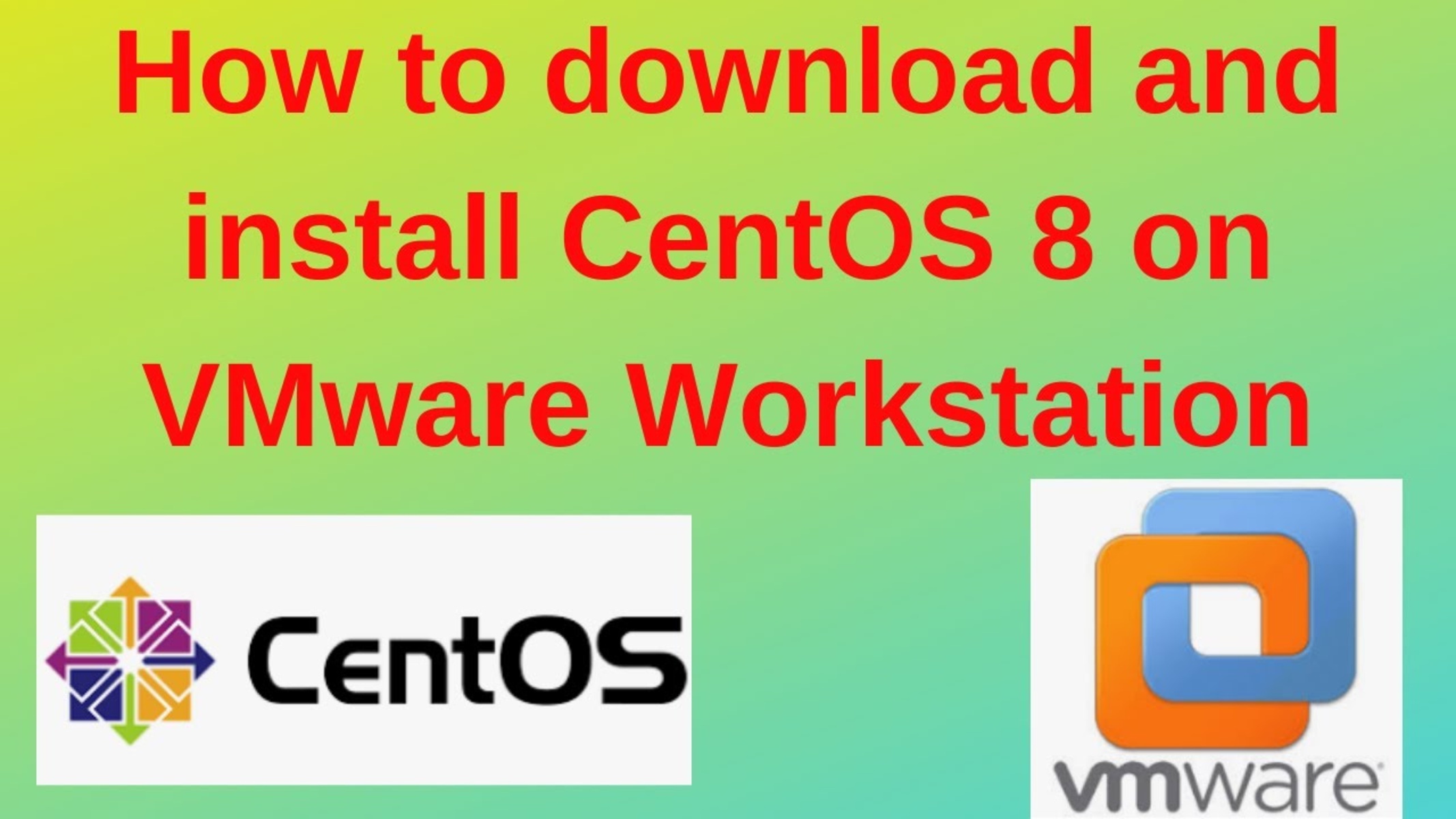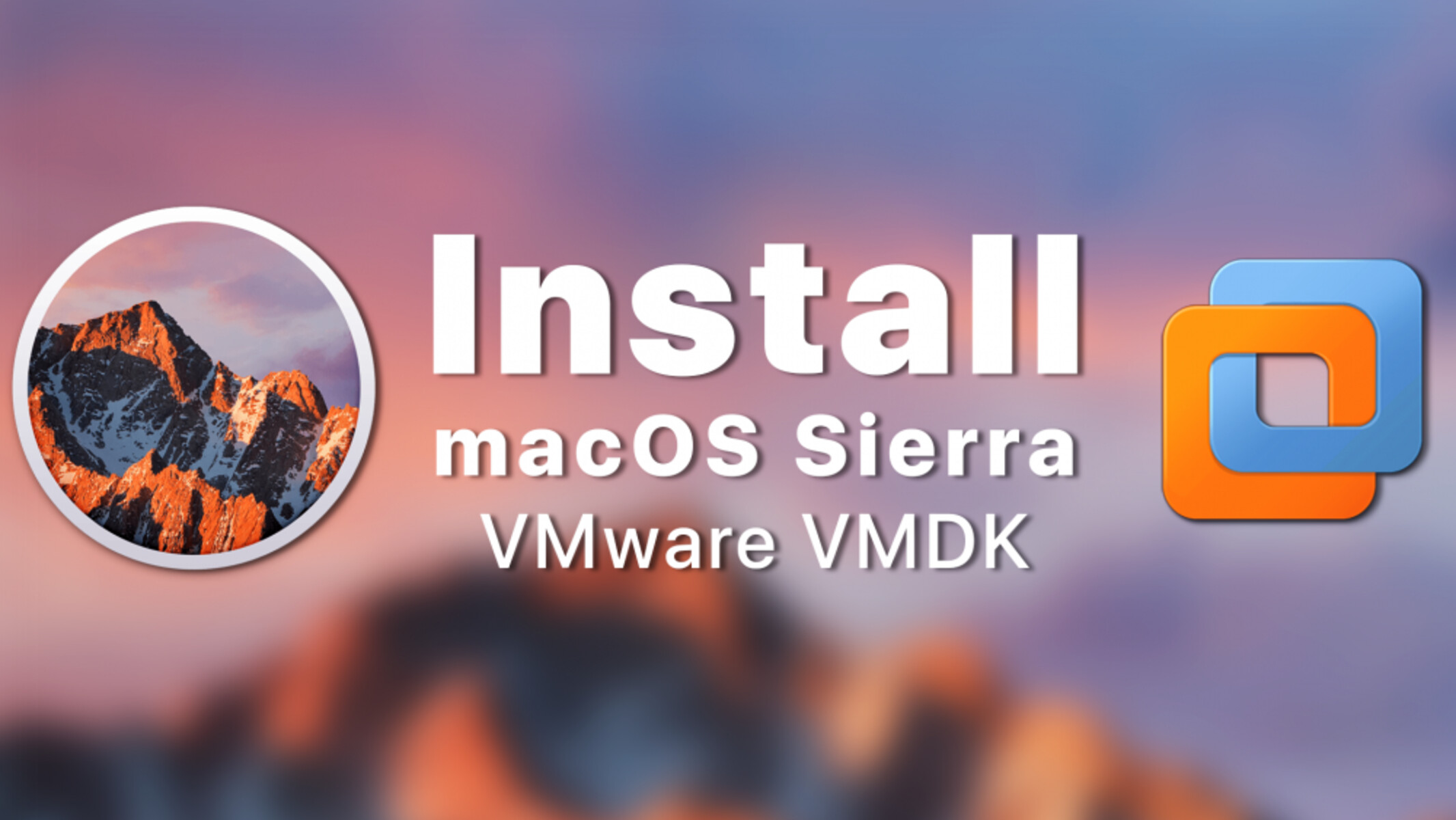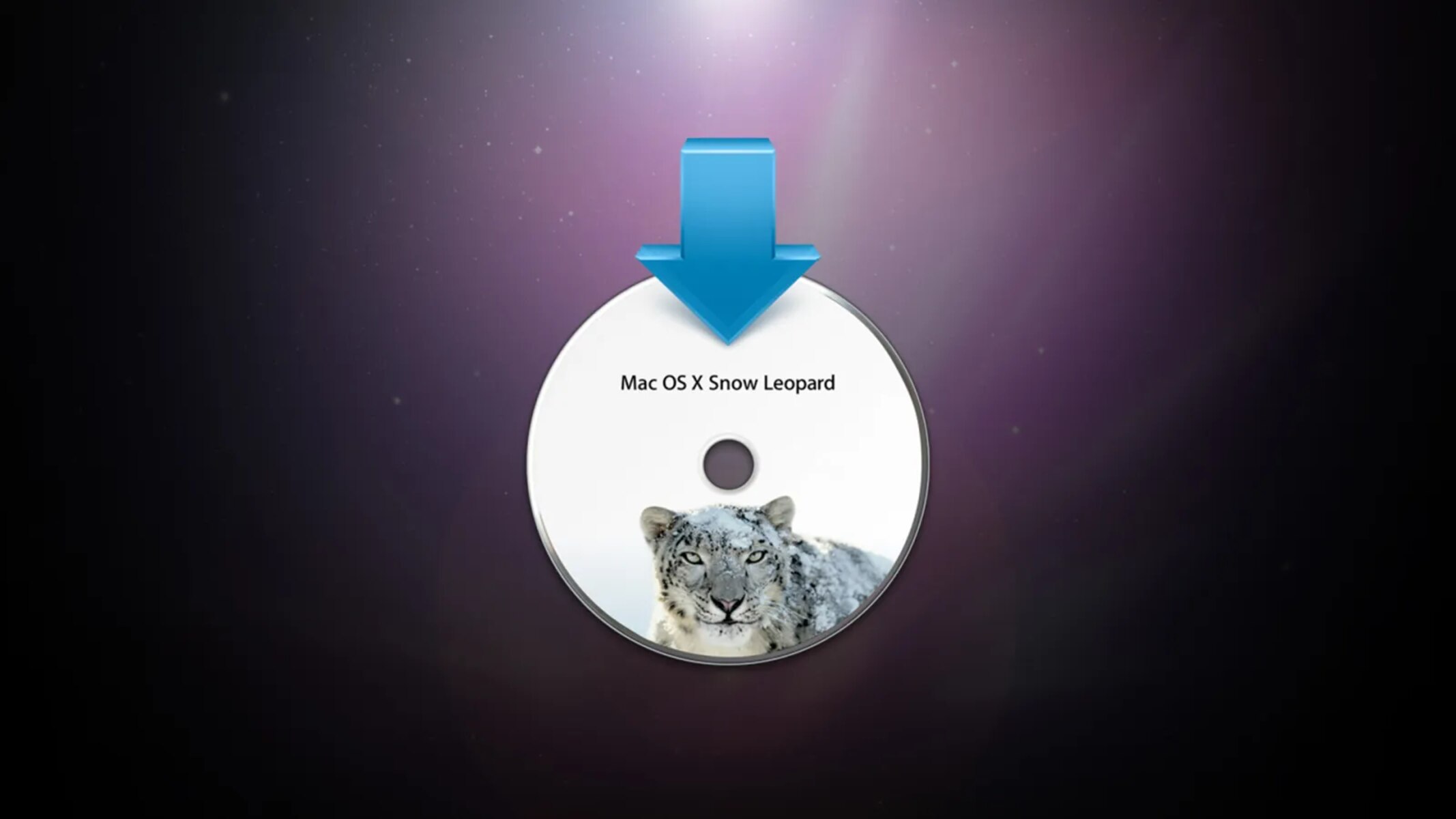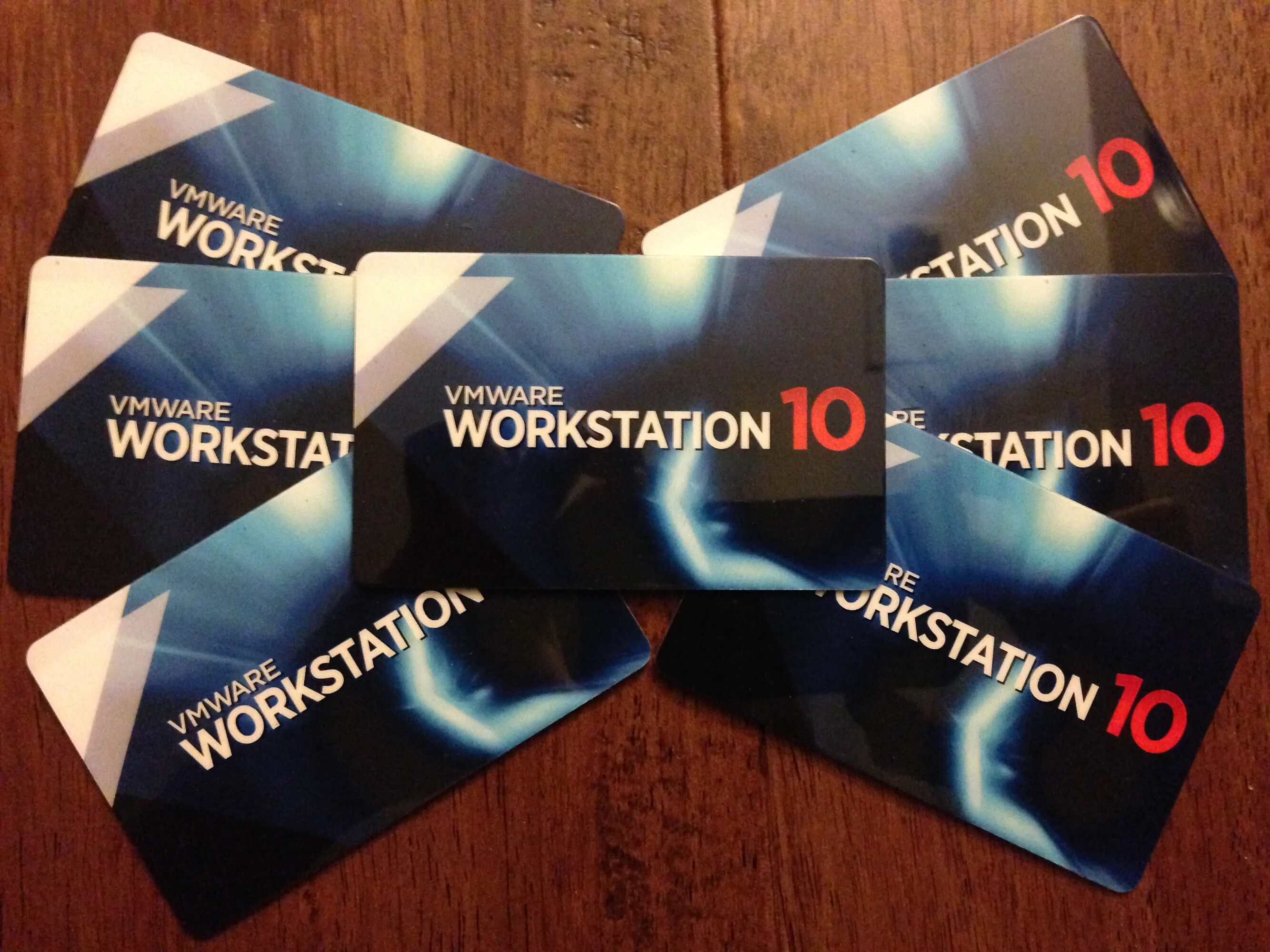Introduction
Welcome to this comprehensive guide on setting up an operating system in VMware Workstation! VMware Workstation is a powerful virtualization tool that allows you to run multiple operating systems on a single computer. Whether you’re a developer, a system administrator, or an avid tech enthusiast, VMware Workstation provides a convenient and efficient way to test and run different operating systems without altering your physical machine.
In this guide, we will take you through the step-by-step process of setting up an operating system in VMware Workstation. You don’t need to be an expert in virtualization or have prior experience with VMware to follow along. We’ll help you get started by walking you through each stage of the setup process and providing clear instructions along the way.
Before we dive in, it’s important to note that this guide assumes you have already downloaded and installed VMware Workstation on your computer. If you haven’t, make sure to visit the official VMware website and download the latest version for your operating system. Once you have VMware Workstation up and running, you’re ready to proceed with the steps outlined in this guide.
Throughout the guide, we’ll cover everything you need to know, from creating a new virtual machine to installing and customizing the operating system. We’ll also show you how to install VMware Tools, which enhances the performance and functionality of your virtual machine.
By the end of this guide, you’ll have a fully functional virtual machine running an operating system of your choice. You’ll be able to take advantage of VMware Workstation’s features to create and test different software environments, simulate network configurations, and much more. So, let’s get started with the first step: downloading and installing VMware Workstation.
Step 1: Download and Install VMware Workstation
In order to set up an operating system in VMware Workstation, the first step is to download and install the VMware Workstation software. Follow the steps below to get started:
- Visit the official VMware website and navigate to the downloads section.
- Choose the appropriate version of VMware Workstation for your operating system. Make sure to select the latest stable release to access the most up-to-date features and bug fixes.
- Click on the download link to begin the download process. The file size may vary, so a stable internet connection is recommended to avoid interruptions.
- Once the download is complete, locate the installer file in your downloads folder and double-click to start the installation process.
- Follow the on-screen instructions to proceed with the installation. You may be prompted to accept the end-user license agreement and choose a destination folder for the software.
- During the installation, you may also be asked to enter your administrator password. Provide the necessary credentials to continue.
- After the installation is complete, launch VMware Workstation from the desktop shortcut or the Start menu.
- If this is your first time using VMware Workstation, you will likely be prompted to enter a license key. You can choose to use the software in trial mode or enter a valid license key if you have one.
Once you have successfully installed VMware Workstation, you’re ready to move on to the next step: creating a new virtual machine to house your operating system. Stay tuned for the next section of this guide where we’ll guide you through the virtual machine creation process.
Step 2: Create a New Virtual Machine
Now that you have VMware Workstation installed on your computer, it’s time to create a new virtual machine to house your operating system. Follow the steps below to create a virtual machine:
- Launch VMware Workstation from the desktop shortcut or the Start menu.
- Click on the “Create a New Virtual Machine” option from the home screen.
- In the new virtual machine wizard, select whether you want to install the operating system later or if you have an installation disc or image file.
- If you choose to install the operating system later, you will need to select the operating system and version manually. If you have an installation disc or image file, select the appropriate option and browse for the file location.
- Next, choose the hardware compatibility for your virtual machine. It’s recommended to select the latest version for better performance and feature support.
- Specify the name and location for your virtual machine files. Choose a descriptive name that reflects the operating system you’ll be installing.
- Set the maximum disk size for the virtual machine. This determines how much space the virtual machine will have on your physical hard drive.
- Customize the virtual hardware settings if desired. You can adjust the number of processor cores, memory allocation, network adapters, and more.
- Review the summary of your virtual machine configuration and click on the “Finish” button to create the virtual machine.
Once you’ve created the virtual machine, it will appear in your VMware Workstation library. From there, you can power on the virtual machine and proceed with the operating system installation. In the next section, we’ll guide you through the process of configuring the virtual machine settings before installing the operating system.
Step 3: Configure Virtual Machine Settings
After creating a new virtual machine in VMware Workstation, the next step is to configure its settings to ensure optimal performance and compatibility with the operating system. Follow the steps below to configure the virtual machine settings:
- Open VMware Workstation and select the virtual machine you created from the library.
- Click on the “Edit virtual machine settings” option to access the configuration menu.
- In the Hardware tab, you can customize various settings such as memory allocation, processor cores, and hard disk size. Adjust these settings based on the requirements of your operating system and the resources available on your physical machine.
- Under the Options tab, you’ll find additional configuration options. Here, you can specify the virtual machine’s power settings, enable or disable certain devices, set up shared folders, and configure networking options.
- Explore the other tabs and settings to further fine-tune your virtual machine’s configuration. Depending on your needs, you can adjust display settings, enable USB support, configure sound devices, and more.
- Once you have finished configuring the settings, click on the “OK” button to save the changes.
It’s important to ensure that the virtual machine’s settings align with the requirements of your operating system to ensure a smooth and efficient experience. Take your time to review and adjust the settings as needed, based on the specific needs of the operating system you’re installing.
In the next step, we’ll guide you through the process of installing the operating system on your virtual machine. Follow along to complete the setup and start running your preferred operating system within VMware Workstation.
Step 4: Install the Operating System
With the virtual machine settings configured, it’s time to install the operating system on your VMware Workstation. Follow the steps below to install the operating system:
- Ensure that the installation media, such as a DVD or ISO file, is accessible to the virtual machine. If you’re using an ISO file, you can mount it by going to “VM” in the VMware Workstation menu and selecting “Removable Devices”.
- Power on the virtual machine by clicking on the “Play virtual machine” button in VMware Workstation.
- The virtual machine will now start, and you will be prompted to begin the operating system installation process. Follow the on-screen prompts to proceed with the installation.
- During the installation, you may be asked to select the language, time zone, and keyboard layout. Make the appropriate selections and continue with the installation.
- Follow the installation wizard and provide any necessary information requested, such as the product key, username, and password.
- Wait for the installation process to complete. This may take some time depending on the speed of your computer and the size of the operating system.
- Once the installation is finished, the virtual machine will restart. You may need to remove the installation media from the virtual machine if it hasn’t been automatically ejected.
- After the virtual machine has rebooted, you will see the login screen for the installed operating system. Enter the appropriate credentials to log in and start using the operating system within VMware Workstation!
Congratulations! You have successfully installed the operating system on your virtual machine. You can now explore and utilize the features of the operating system within the VMware Workstation environment. In the following step, we will guide you through customizing additional virtual machine settings to enhance your overall experience.
Step 5: Customize Virtual Machine Settings
After installing the operating system in your virtual machine, you have the option to further customize the virtual machine settings to tailor it to your specific needs. Follow the steps below to customize the virtual machine settings:
- Ensure that the virtual machine is powered off by clicking on the “Power off” button in VMware Workstation.
- Select the virtual machine from the library and click on the “Edit virtual machine settings” option.
- In the Hardware tab, you can adjust the virtual machine’s hardware settings. You can add or remove virtual devices such as network adapters, USB controllers, sound cards, and more.
- Under the Options tab, explore the various options available to customize your virtual machine. This includes adjusting power settings, managing shared folders, configuring advanced networking, and controlling remote connections.
- Review and modify the settings in other tabs as needed. Take your time to explore the available options and make changes based on your requirements.
- Once you have finished customizing the virtual machine settings, click on the “OK” button to save the changes.
Customizing the virtual machine settings allows you to optimize performance, enhance functionality, and better integrate the virtual machine with your operating system and host machine. You can adjust the settings according to your system’s capabilities and the specific requirements of your virtual environment.
By customizing the virtual machine settings, you can create an environment that is tailored to your needs and preferences. This will enable you to work with the virtual machine more effectively and efficiently within the VMware Workstation environment.
In the next step, we will guide you through the process of installing VMware Tools, which is an essential component for maximizing the performance and usability of your virtual machine.
Step 6: Install VMware Tools
After customizing the virtual machine settings, it’s time to install VMware Tools. VMware Tools is a collection of drivers and utilities that enhances the performance, functionality, and integration between the virtual machine and the host machine. Follow the steps below to install VMware Tools:
- Ensure that the virtual machine is powered on and the operating system is running.
- In the VMware Workstation menu, go to “VM” and select “Install VMware Tools”.
- A virtual CD/DVD drive will be mounted inside the virtual machine. Open the CD/DVD drive and launch the VMware Tools installation wizard.
- Follow the prompts of the installation wizard to proceed with the installation. This typically involves accepting the license agreement, selecting the installation location, and choosing the components to install.
- Once the installation is complete, reboot the virtual machine to finalize the VMware Tools installation.
- After the virtual machine has restarted, you will benefit from enhanced features and functionality provided by VMware Tools.
Installing VMware Tools is crucial for optimal performance and usability of the virtual machine. VMware Tools provides features such as improved display resolution, seamless mouse integration, time synchronization with the host machine, and enhanced network performance.
By installing VMware Tools, you can enjoy a more seamless and integrated virtual machine experience within the VMware Workstation environment. It is highly recommended to install VMware Tools for the best possible virtual machine performance.
Congratulations! You have now completed all the necessary steps to set up an operating system in VMware Workstation. You can now fully utilize the features and capabilities of your virtual machine and explore a wide range of possibilities for software testing, development, and system administration.
Feel free to experiment with different operating systems, network configurations, and software environments to suit your needs. Remember to save snapshots of your virtual machine before making any major changes, as this will allow you to revert back to a previous state if needed.
Thank you for following this guide on how to set up an operating system in VMware Workstation. We hope you found it helpful and informative. If you have any further questions or need assistance, don’t hesitate to reach out to the VMware community or consult the official documentation.
Conclusion
Congratulations on successfully setting up an operating system in VMware Workstation! You have learned the step-by-step process of downloading and installing VMware Workstation, creating a new virtual machine, configuring its settings, installing the operating system, and customizing additional settings. Additionally, you have installed VMware Tools to enhance the performance and functionality of your virtual machine.
By utilizing VMware Workstation, you now have the ability to run multiple operating systems on a single computer, making it a valuable tool for developers, system administrators, and tech enthusiasts. Virtualization allows you to test software, simulate network environments, and create isolated environments to experiment without impacting your physical machine.
Remember to regularly update VMware Workstation to access the latest features and security patches. Take advantage of the flexibility to create snapshots of your virtual machine, enabling you to easily restore to a previous state if needed.
We hope this guide has provided you with the necessary knowledge to get started with VMware Workstation. As you continue to explore and utilize this powerful tool, make sure to refer to the official documentation and online communities for further assistance and support.
Now that you have the foundation, continue exploring and experimenting with different operating systems, software configurations, and network setups. VMware Workstation offers endless possibilities for creating and running virtual environments, allowing you to enhance your productivity, streamline software testing, and maximize your overall computing experience.
Thank you for joining us on this journey of setting up an operating system in VMware Workstation. We wish you the best of luck in all your virtualization endeavors!









